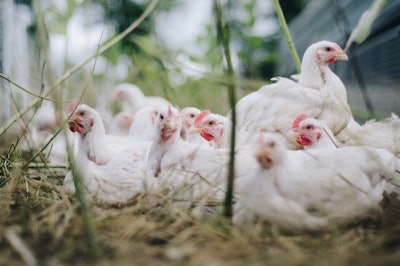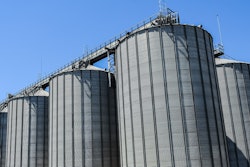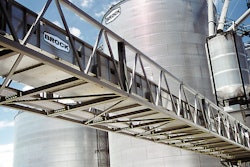
The last installment of Phibro’s MYCOmpass™ webinar series, designed to arm producers with tips and information to better understand and mitigate mycotoxin contamination, provides a nutritionist’s perspective on the complex subject.
Dr. Todd Applegate, Poultry Science Department Head and Professor, University of Georgia, looks ahead at the new and upcoming technologies shaping physical, chemical and biological methods for controlling mycotoxins.
Since 1999, scientists have explored a number of strategies for detoxifying mycotoxins in corn, with varying degrees of success. In addition to cleaning, segregating and sorting, these include efforts to reduce the number of broken corn kernels, thermal and solar degradation, microwave treatments, wet milling, activated charcoal, near infrared spectroscopy and more.
“Detoxification methods that are effective on one mycotoxin challenge may not work well for others,” says Applegate. “Where there is one mycotoxin there are usually more, so a multi-pronged strategy is necessary.”
The most effective strategies take advantage of the molecular structure of the mycotoxin. For instance, Applegate explains how the flat, rigid and planar molecular structure of aflatoxins provides an accessible surface area for the silicate layers of clay adsorbents (binders) to interact.
“Their high binding affinity and specificity make binders an economical method for dealing with aflatoxins,” says Applegate.
“Unfortunately, they are less effective at binding with mycotoxins like T-2 toxin or DON.” In addition, registration requirements for binders and anti-caking agents differ by country and require data on performance, health and immunity.
Enzyme Strategies: “An Interesting Journey”
Enzymes are another modern technology with characteristics that can help producers deal with mycotoxins. Yet, while they are efficient and safe, they are not equally effective in all species.
“As we think about enzymes, it’s important to consider factors like pH specificity, access to substrates and the water-to-solid relationship,” Applegate advises. “These factors vary greatly between animals — conditions are very different in a seven-day broiler chick versus a finishing pig, and these different environments impact how enzymes work. They require ample time, temperature and water to be effective.”
Applegate says creating the framework for enzyme strategies has been “an interesting journey.” It’s taken eight years to develop the guidance and register enzymes as technological additives in the EU. Developing new technology to produce microbial enzymes for mycotoxin decontamination is a four-step process requiring: (1) characterization of the genes encoding the enzymes, (2) expression of genes in food-grade microorganisms, (3) development of commercial culture and enzyme and (4)in vitroandin vivotesting.
The Future of Mycotoxin Mitigation
Around the globe, scientists are testing and evaluating methods for detoxifying mycotoxins. While human and animal safety is paramount, they also consider factors like stability, bioavailability and pathway for product registration. This provides producers with effective and economical detoxification solutions, alone or in combination with other pre- and post-harvest methods.
While there’s currently no “one size fits all” approach to dealing with mycotoxins, nutritionists and scientists alike continue to examine the molecular structure of mycotoxins and test new technologies and approaches that may someday alleviate this major feed concern.
Registration for Phibro Academy is free and includes access to Applegate’s webinar and the entire MYCOmpass Mycotoxin Webinar Series; individuals can sign up atacademy.pahc.com.
The webinar can be accessedhere.
AboutPhibro Animal Health Corp.
Phibro动物卫生公司是一家多元化global developer, manufacturer and marketer of a broad range of animal health and mineral nutrition products for livestock, helping veterinarians and farmers produce healthy, affordable food while using fewer natural resources.




















